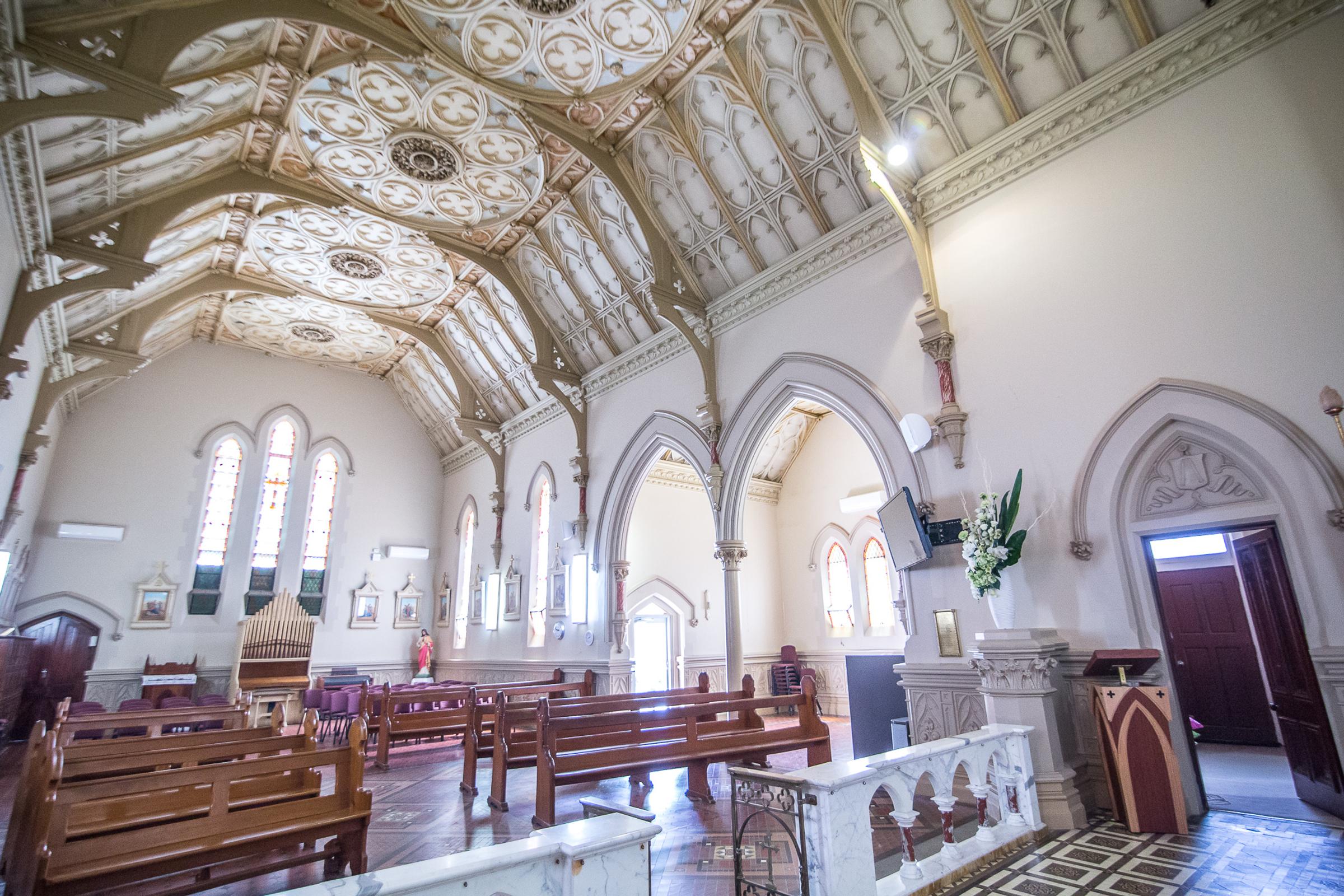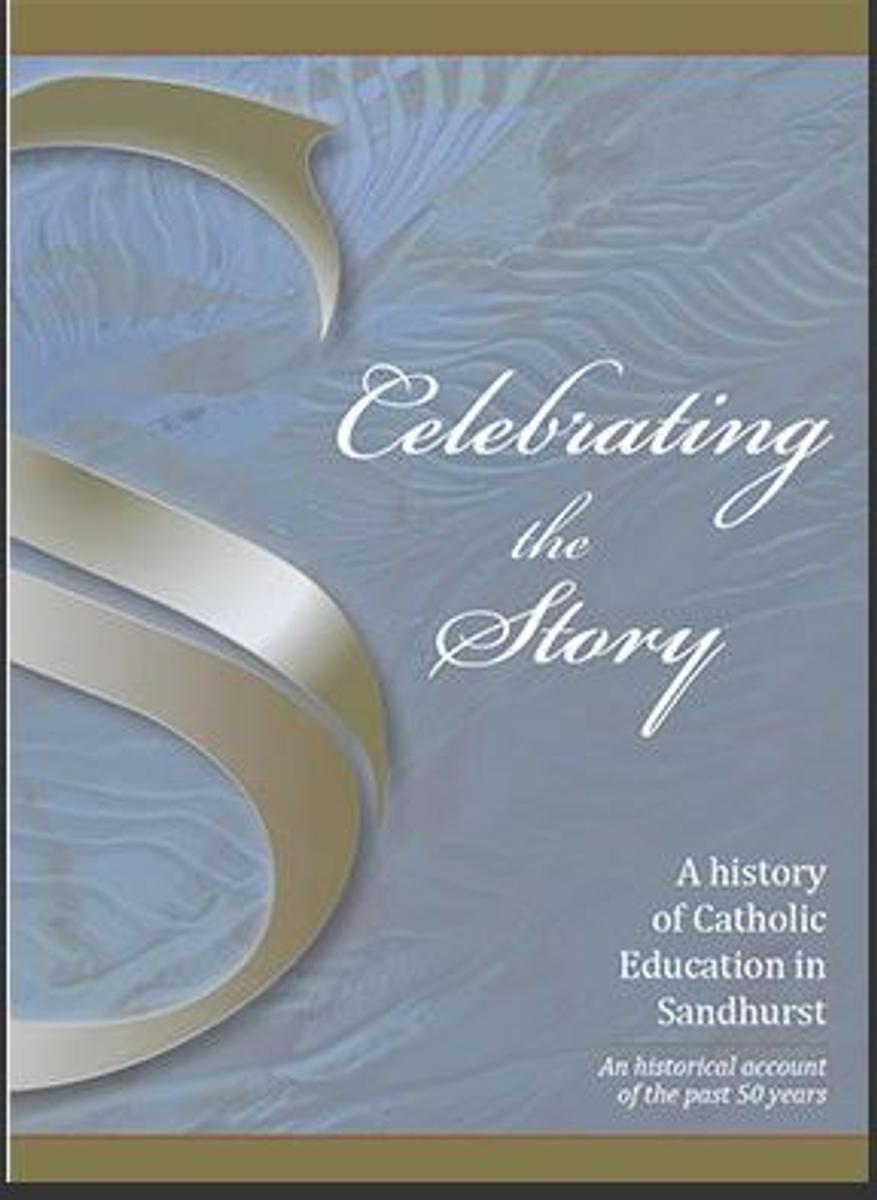Living with Strength and Kindliness

Catholic Education Week
On Saturday the 19th of May we begin our celebrations for Catholic Education Week (concludes on Friday the 25th of May).
In order to understand how much we have to celebrate as a Catholic Education Sector it is important for us to know a little bit about the journey of Catholic Education in Australian history. I have put together some information about this journey for you to read.
The role Catholic Education has played in developing Australian society.
Catholic schools have been a major component of Australian education for over 176 years. In recent decades, as both the Church and Australian society have changed, Catholic schools have continued to develop and to grow in quality and public esteem. Next week we celebrate the contribution that Catholic Education has played in developing Australian Society.
In the earliest period of white Australian settlement at least two Catholic schools were established. However, neither of the schools survived for a very long time. It was, in fact, not until after the arrival of Therry and Connolly in 1820 that significant development took place. By 1833, there were about ten Catholic schools in Australia. From this time until the end of the 1860s, Catholic schools received some government assistance under a variety of schemes, but campaigns for 'free, secular and compulsory' education which began in the 1850s made it increasingly clear that Catholic schools would not be able to rely on government aid for much longer.
Between 1872 and 1893, every State passed an Education Act removing state aid to Church schools. This was a turning point for Catholic schools and, indeed, for the Catholic community in Australia. Bishops and people decided to persevere with the Catholic system. With no money to pay teachers, the bishops appealed to religious orders in Ireland and other European countries, and soon religious sisters and brothers were responding to the crisis.
There were already a few religious orders in Australia: as well as the Sisters of Charity, there were also, among others, the Good Samaritan Sisters, founded by Polding in 1857, and the Sisters of St Joseph, founded in 1866 by Fr Julian Tenison Woods and Mary MacKillop, now recognised as Australia's first saint. By 1871, these 'Josephites' were running thirty-five schools in the Adelaide diocese. In the mid 1880s our own Brigidine Sisters had begun to open Catholic Schools in both Victoria and New South Wales. By the end of the 1880s, there were a total of 815 sisters from all orders teaching in schools; by 1910 the number exceeded 5000. The sisters not only set up schools in the cities but also established little parish schools all over Australia, providing a Catholic education for the children of the bush. Their efforts, with almost no money and in the face of considerable hardship, were nothing short of heroic. The sisters and brothers of the Church were to be the mainstay of Catholic schools for a hundred years.
In modern times, Catholic schools seek to contribute to the creation of an Australian community that is highly educated, skilled and cultured with an ability to promote and embrace a critical analysis of social issues, the expansion of knowledge and the pursuit of truth. Such a community will be marked by a vigorous intellectual and cultural life, accessible to all. Education has individual and private benefits, but it is also very much a public good whose benefits enhance the whole community. Catholic schools emphasise the contribution of education to the common good of the Australian community.
Today an array of leadership roles which were once the preserve of priests and religious in education, have been filled by lay people, and lay people (all these people are not actually Catholic) comprise virtually the entire staff at Catholic schools and the majority of students at Catholic universities and colleges.
What does the Church have to say about the work of Catholic schools?
In its document 'The Catholic School on the Threshold of the Third Millennium (1997)', the Vatican’s aims for the Catholic Church is , to “devote careful attention to certain fundamental characteristics of the Catholic school, which are of great importance if its educational activity is to be effectual in the Church and in society” (#4).
The Vatican recognizes that “the work of the school is irreplaceable and the investment of human and material resources in the school becomes a prophetic choice” (# 21).
And “… now, as in the past, the Catholic school must be able to speak for itself effectively and convincingly. It is not merely a question of adaptation, but of missionary thrust, the fundamental duty to evangelise, to go toward men and women wherever they are, so that they may receive the gift of salvation” (# 3).
What do we as, a Catholic school, hope to achieve?
Our aim is to:
- educate young Australians to be highly skilled, informed, tolerant, open and just;
- enhance, by emphasising the common good, the development of Australia and the building and improvement of a socially just Australian society that is multicultural and multi-faith;
- offer a voice which challenges current and future generations to reflect on their world in the light of Christ’s message;
- provide a perspective which extends beyond national and temporal borders, encouraging students to have an open mind on contemporary issues as a foundation for becoming good Australian and world citizens;
- provide the potential to combine the spirituality of our Indigenous people and the different spiritual traditions of the various migrant communities since 1788, as a basis for valuing our diversity and promoting social justice; and
- encourage and provide a basis for students to seek to develop their relationship with their God and to continue their faith journey throughout their lives.
(Taken from the National Catholic Education Commission documents.)
Prayer for Catholic Schools
O Christ, our Teacher,
You invite your faithful people to make disciples in Your name and to announce good news to the poor.
We thank you for the gift of Catholic schools, where
The message of Your life, death, and resurrection is proclaimed,
Christian community is experienced,
Service to our brothers and sisters is modeled,
And worship of You is cultivated.
Increase our zeal for ensuring that all children and families can benefit from a high quality Catholic education,
and that Catholic schools grow in their ability
to nurture the soul of our nation.
We ask this through the intercession of
Our Lady, Mother of Catholic Schools.
Amen.
Kirrilee Westblade
Catholic Identity Leader
Celebrating the Story
Celebrating the Story
Celebrating the Story documents the rich history of Catholic Education in the Sandhurst Diocese, focusing on the past fifty years whilst acknowledging the remarkable pioneers of Catholic Education in whose steps we tread.
For more than 160 years Catholic schools have been providing education for families in the Sandhurst Diocese with the first school opened on the Bendigo Goldfields in 1853.
2014 marked the 140th anniversary since the establishment of the Sandhurst Diocese and forty years since the Catholic Education Office began. These significant milestones provide the catalyst for this book which is brought to life by personal accounts, historical records and retrospectives.
Celebrating the Story also documents important events that have occurred during the history of the Sandhurst Diocese and includes an honour roll listing the Bishops of Sandhurst, Priests, Religious Orders, Principals and a brief history of each Catholic school.
The story of Catholic Education in Sandhurst is a proud one. This book provides an opportunity for people to know their recent history, as well as honouring those who helped Catholic Education become what it is today.
A documentary celebrating the story of Catholic Education Sandhurst has been produced to animate this historical account. The audio-visual includes interviews which recall significant Sandhurst events that have occurred over the past fifty years and beyond. This visual record will be a valuable resource for schools and a wonderful recollection of the rich and vibrant history of Catholic Education in the Sandhurst Diocese.
The documentary can be viewed by visiting the Catholic Education Sandhurst website.

